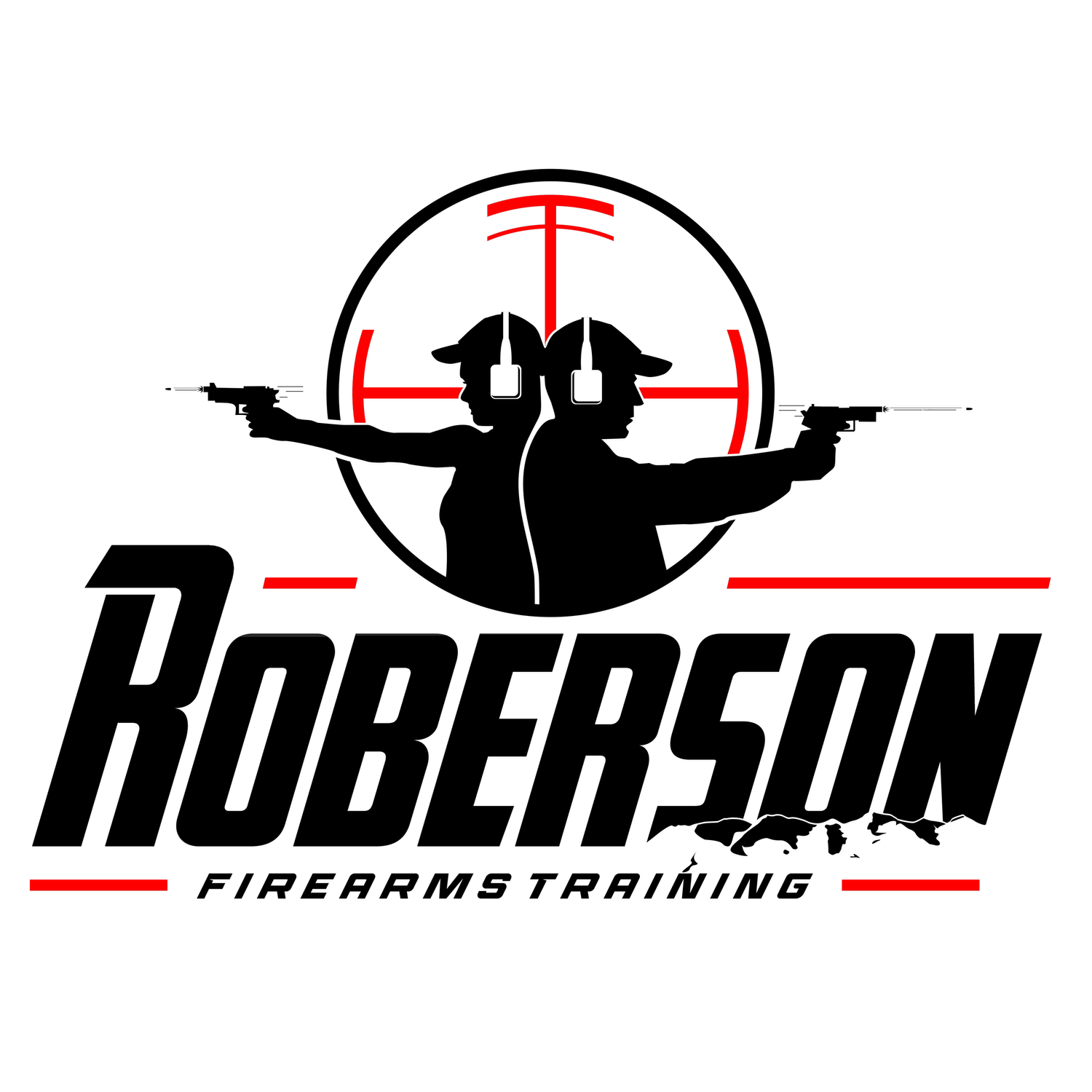Firearms Safety
UNIVERSAL FIREARS SAFETY RULES
Keep your gun pointed in a safe direction at all times
In my opinion, this is the MOST IMPORTANT and most violated rule.
Due to the short length of handguns, it is extremely easy to point the muzzle in an unsafe direction.
If you always have your firearm pointed in a safe direction, then you are not at risk of accidentally shooting yourself or someone else in the event of an accident.
Treat every gun as if it is loaded
You should always know what condition your firearm is in. (loaded/unloaded)
There are no exceptions to this rule, be extremely serious about it. You must always believe that a firearm is loaded when handling it. Visually and physically. CHECK IT TWICE
Keep your finger off the trigger until you are ready to shoot
Off the trigger means resting on the frame of the gun above the trigger guard.
If you are resting your finger on the front of the trigger guard then your finger is considered to be on the trigger. You are only one slip/trip away from an accidental discharge.
Be sure of your target and what’s around and behind it
This applies to both recreational and defensive situations.
You must identify the target first, then you must be aware of the area around and behind the intended target.
Additional best practices - in no particular order
Never handle a firearm when depressed or angry.
"Clear" a firearm anytime you touch one.
As soon as you pick up a firearm, without the immediate intention to shoot it, the first thing you should do is ensure that it's empty.
You should also always do this before leaving the range or putting away your firearm.
Know what to do when your gun fails to fire.
If you've pulled the trigger of your firearm and it failed to fire, the first step is to keep it pointed in a safe direction for 30 seconds. This will keep you safe in the event of a "hangfire" or delayed discharge.
After 30 seconds, remove and dispose of the cartridge in a safe way. Do not pull the trigger again before removing the cartridge.
Don’t rely on your guns mechanical safety.
Mechanical devices can fail.
People also forget to put the safety “on”.
Always wear PROPER ear and eye protection when you shoot.
Nearly all firearms can cause permanent hearing damage when not using proper hearing protection. Even a .22
Is your gun safe condition to shoot?
An unsafe gun cannot be shot safely.
Store your firearms safely.
Out of access from children or other unauthorized users.
Be familiar with your gun and how it functions.
Read the manual
Know how to load, unload, and clean it.
Know all of the mechanical parts of your firearm.
Use the correct ammunition type for your firearm.
Use the 3 B’s. Barrel, Base, Box
Barrel - to determine the caliber of ammunition that your firearm uses, look for a stamped mark on the barrel of your firearm
Base - to determine the caliber of ammunition by looking at the round, look for a stamped mark on the base if the cartridge case
Box - to determine the caliber of ammunition when in the gun store, look on the box the ammunition is in.
Never handle firearms when under the influence of alcohol or drugs.
In most areas it's illegal to possess a firearm while under the influence of alcohol or drugs. Regardless, doing so is a really bad idea.
Also keep in mind the effects of any prescription drugs you take. Some may prevent you from safely handling a firearm.
Be sure that your barrel is clear of any obstructions before use.
First, be sure that your firearm is empty by removing the magazine and inspecting the chamber.
Pistols - Quickly field strip your pistol to the point you can remove your barrel, then ensure there are no obstructions.
AR-Style Rifles - Remove the upper receiver from the lower receiver. Remove your charging handle and bolt carrier group. Ensure there are no obstructions.
No matter what style firearm you are using, never look down the barrel from where the bullet exits, especially if it is attached to the rest of your firearm. For other firearm platforms, research how to safely check your barrel.
